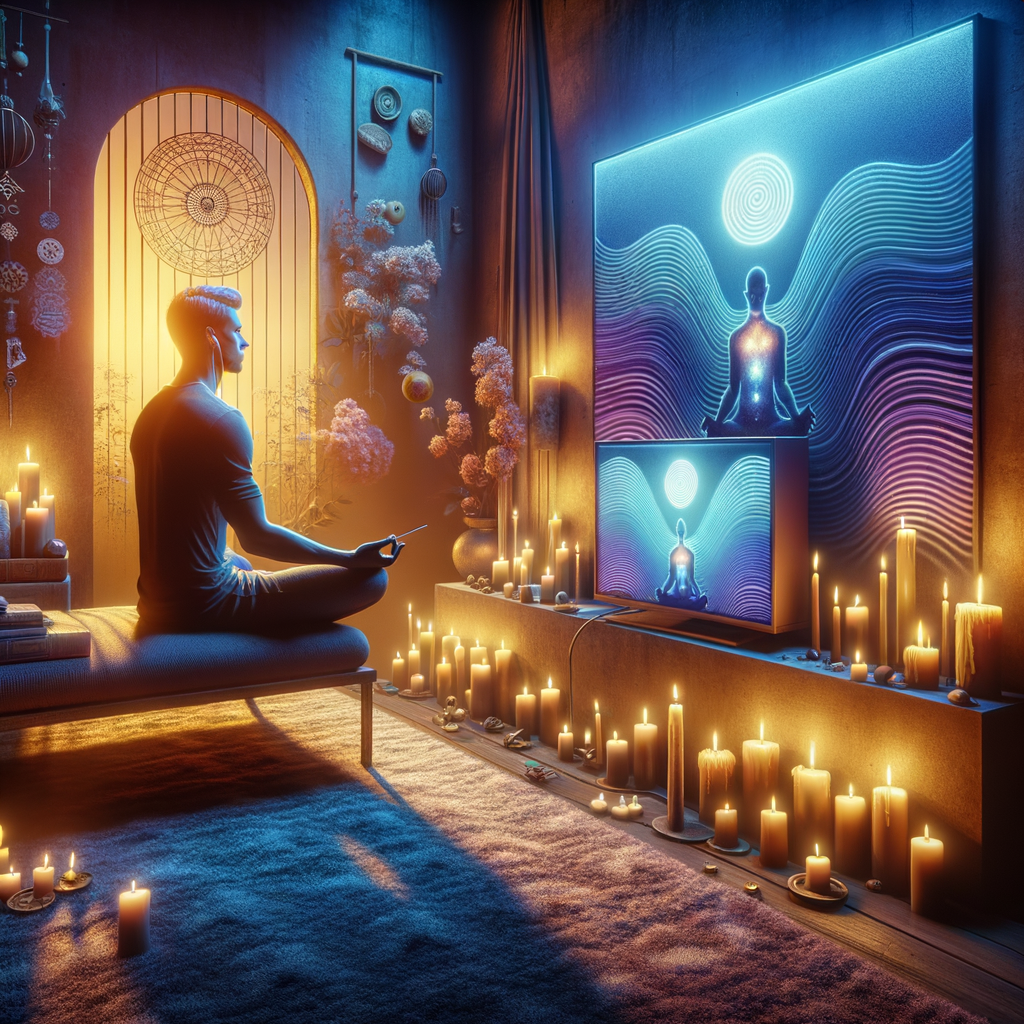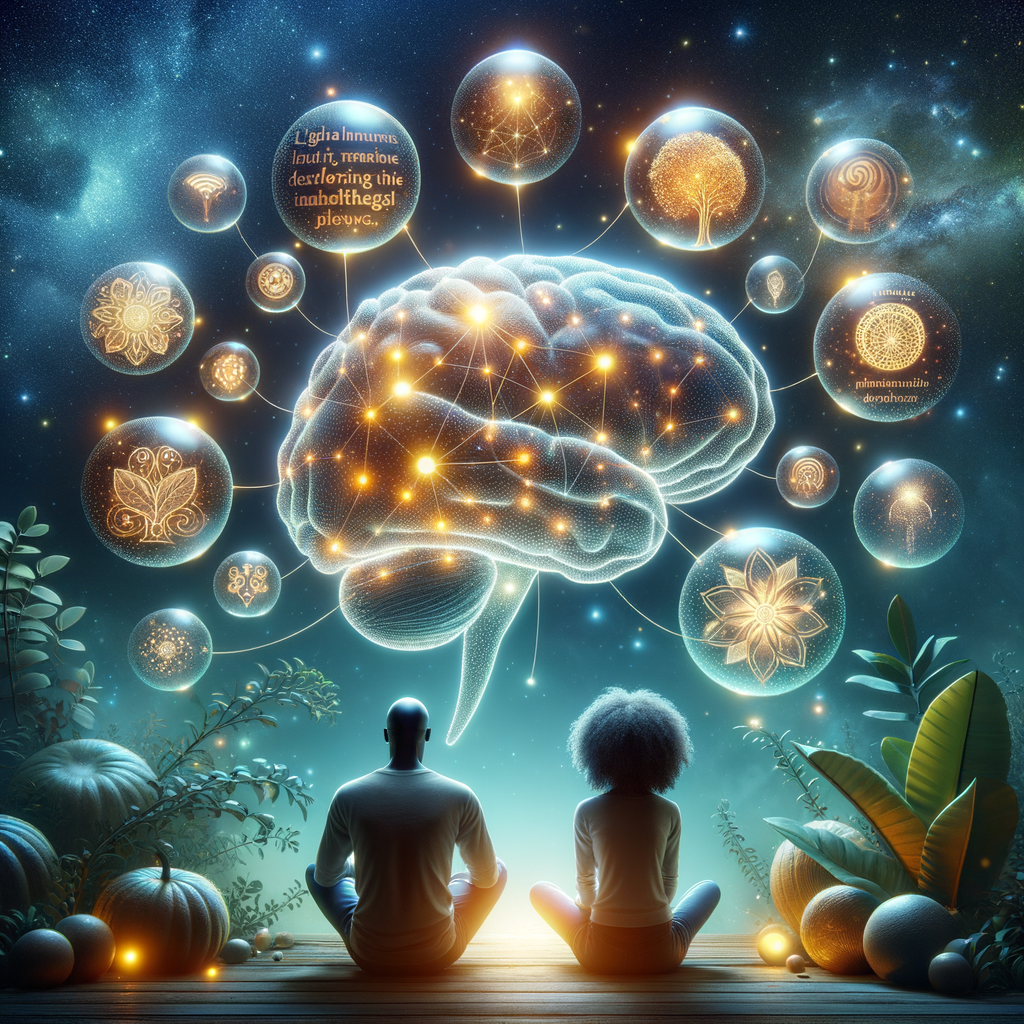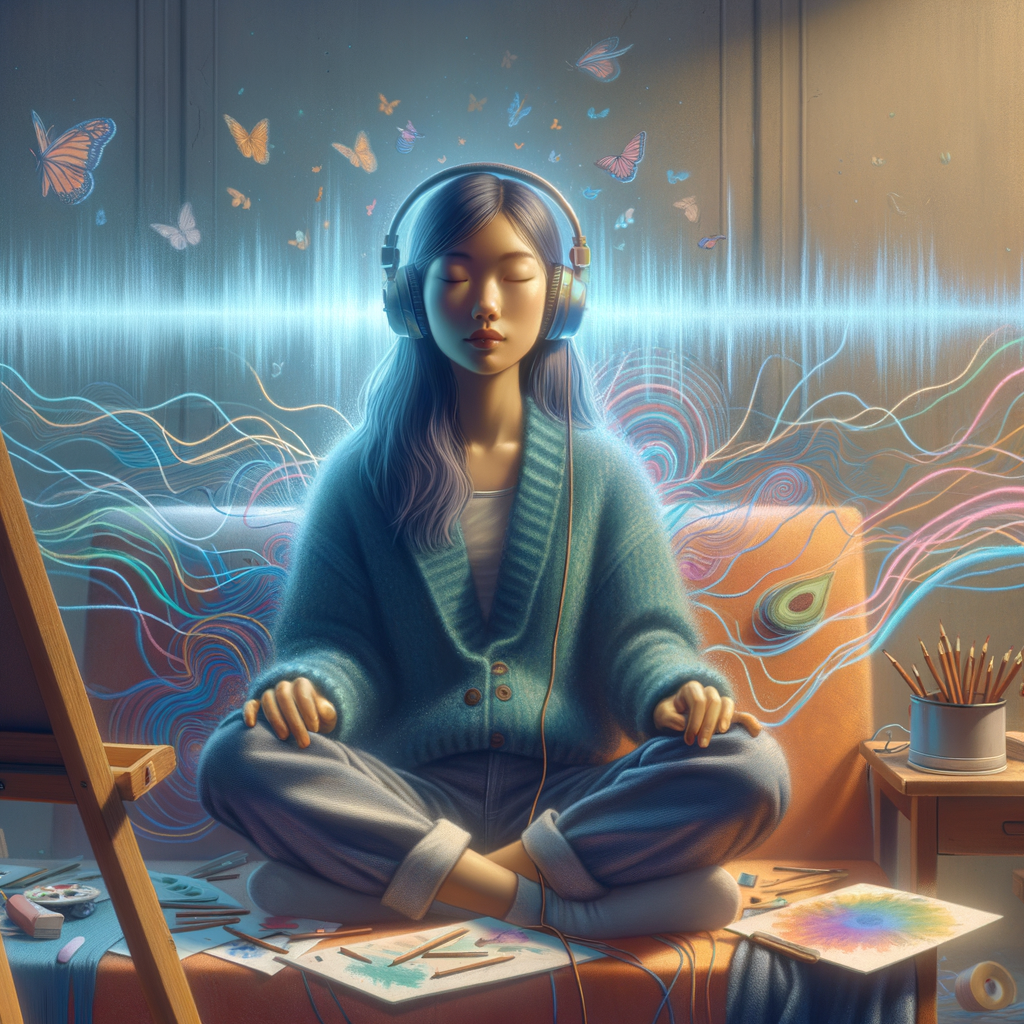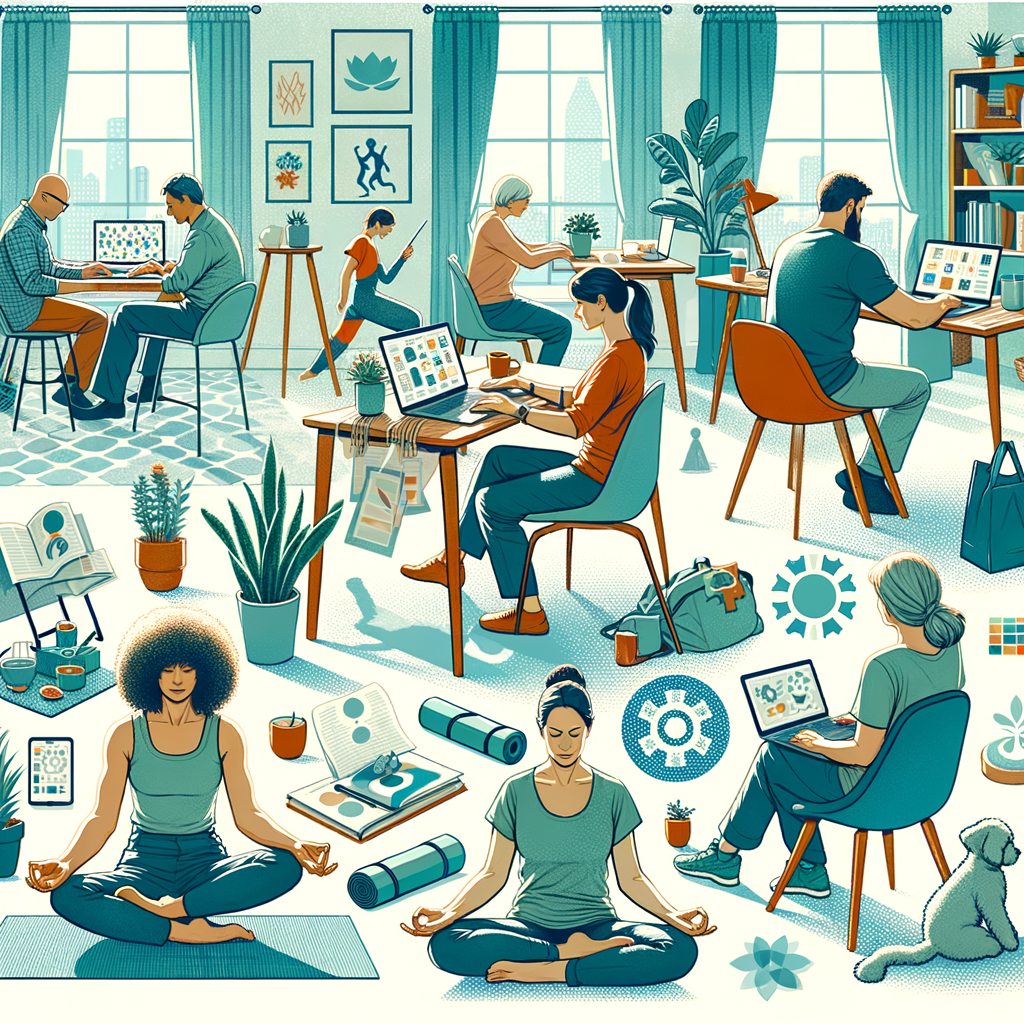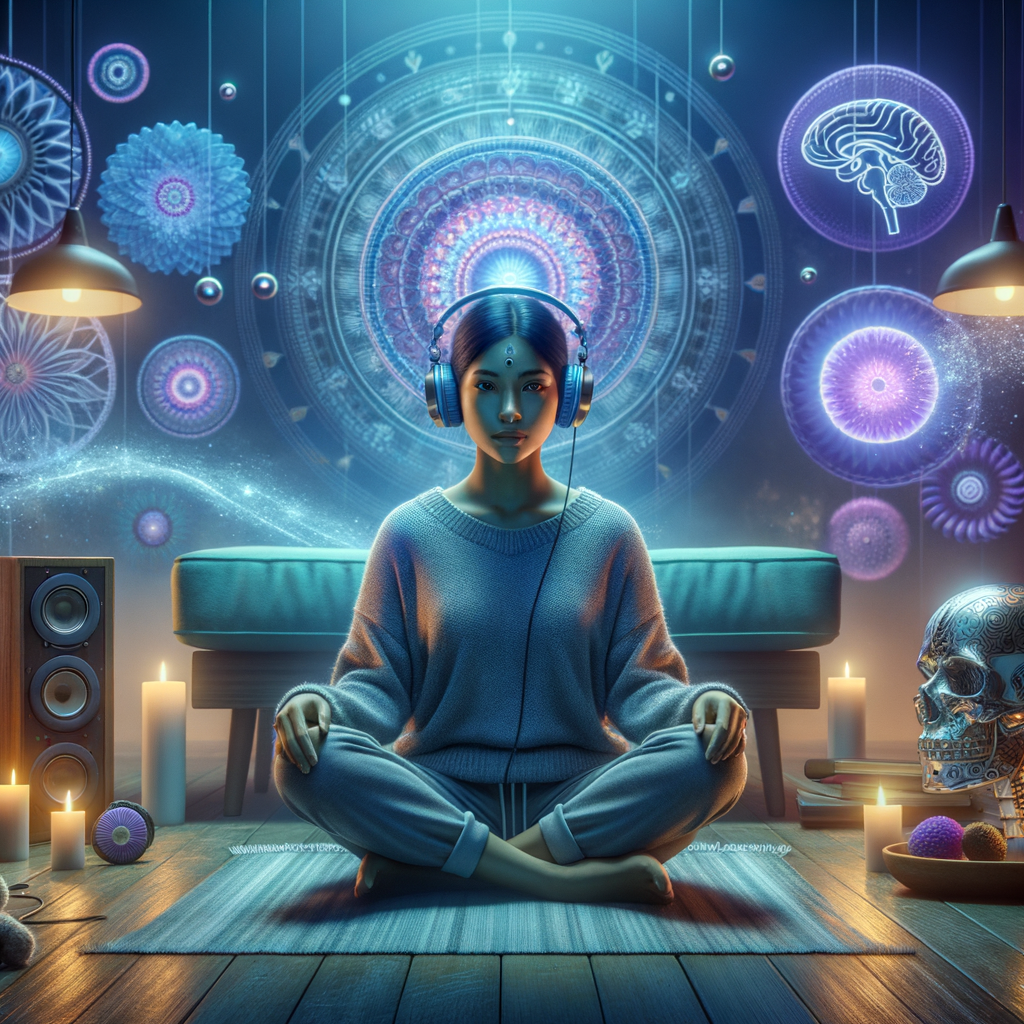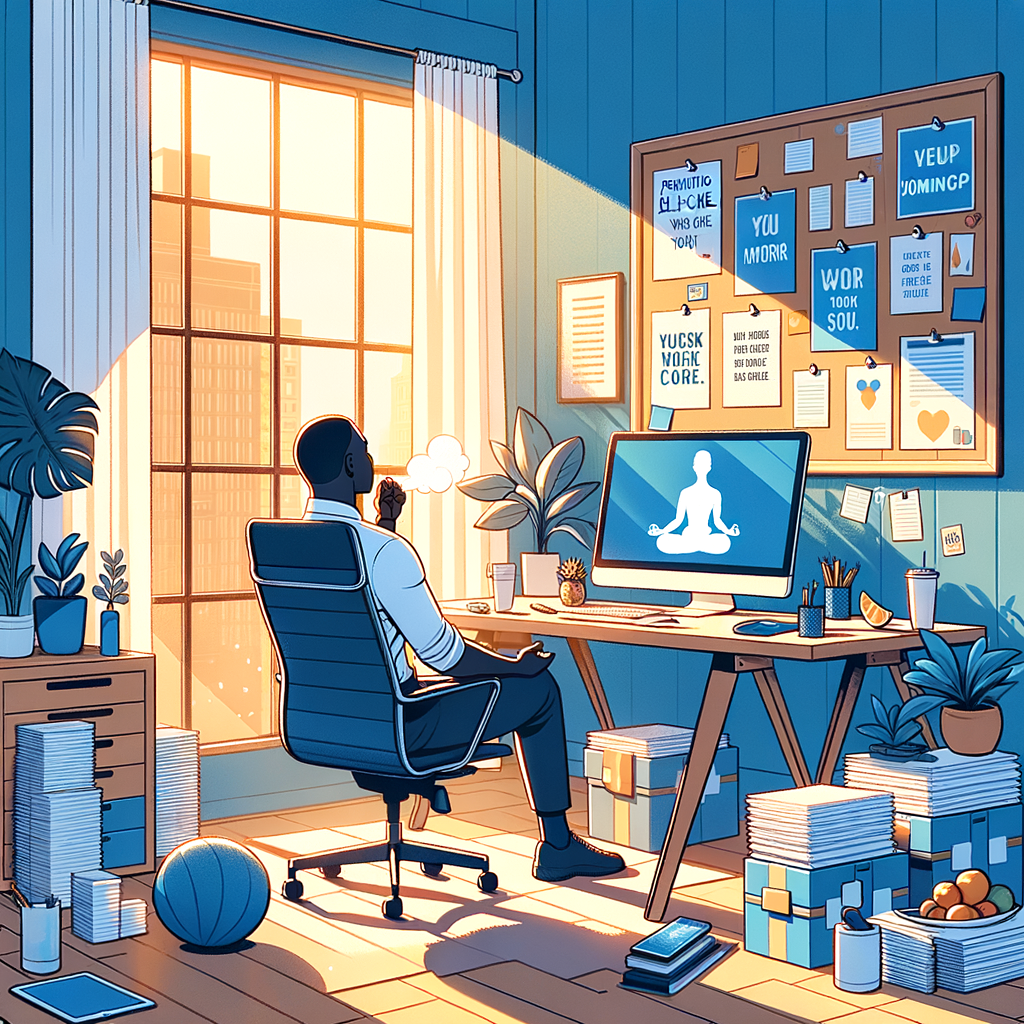Harnessing the Power of Subliminal Messages for Positive Change in Your Life
In an era dominated by relentless noise and distractions, the quest for personal improvement often seems insurmountable. Yet, the power of the mind offers profound solutions for those seeking change. One such powerful tool is subliminal messaging, a psychological technique that taps into the subconscious to promote positive transformation. This blog post delves into what subliminal messages are, how they work, their benefits, and how to effectively incorporate them into daily life.
Understanding Subliminal Messages
Subliminal messages are inputs that fall below the threshold of conscious awareness but can exert a significant influence on thoughts, feelings, and behaviours. They can be delivered through various media, including:
- Audio recordings
- Visual imagery
- Text in advertisements
The core idea is that the subconscious mind processes these subtle cues, leading to shifts in perspective and behaviour without conscious intent. This subtle influence can encourage positive changes such as increased confidence, better focus, or healthier habits.
The Science Behind Subliminal Messaging
Neuroscientific studies suggest that the subconscious mind accounts for a large portion of our daily decision-making processes. Research has shown that subliminal stimuli can affect emotional responses and cognitive functions. For example:
- Priming: Exposure to certain stimuli can ‘prime’ the mind to react favourably to related concepts.
- Conditioning: Associative conditioning can lead individuals to develop positive feelings toward objects or ideas presented subliminally.
These studies support the notion that subliminal messages can be an effective tool for personal development and behavioural change.
Key Benefits of Using Subliminal Messages
The benefits of employing subliminal messaging in your life can be substantial:
- Enhanced Motivation: Subliminal messages can help instil a greater drive towards achieving personal goals.
- Improved Self-Image: Regular exposure to positive affirmations can reshape self-perception and increase self-esteem.
- Stress Reduction: By reprogramming subconscious thought patterns, individuals can cultivate a more relaxed and peaceful mindset.
- Behaviour Modification: Subliminal messaging can effectively foster habits like smoking cessation or weight loss through subconscious reinforcement.
Practical Ways to Incorporate Subliminal Messages
Implementing subliminal messages in your routine can be both simple and rewarding. Below are practical steps to help you get started:
- Subliminal Audio Tracks: Utilize audio recordings designed to promote specific outcomes, such as confidence or relaxation. These tracks often play relaxing music with embedded affirmations.
- Visual Cues: Display visual reminders of your goals or affirmations around your living space to continuously inspire positive change.
- Meditation Practices: Engage in meditation sessions where subliminal messaging is introduced to foster a deeper state of relaxation and receptivity.
- Vision Boards: Create a vision board with images and words representing your objectives to reinforce your desires on a subconscious level.
Considerations and Ethical Implications
Although subliminal messaging is a powerful tool for self-improvement, it is essential to approach it ethically:
- Ensure that your intentions behind using subliminal messages are genuinely positive and aligned with your values.
- Be mindful of how these messages could potentially affect your mental health; use them as a supplement to active self-improvement strategies.
- Respect the autonomy of others; subliminal messaging should never be used to manipulate or control.
Conclusion
Harnessing the power of subliminal messages can be a transformative step toward realizing your full potential and effecting positive change in your life. By understanding how they work and actively integrating them into your daily practices, you can reprogram your subconscious mind to align with your aspirations, goals, and dreams.
As with any self-improvement technique, it is vital to be patient and consistent. The journey of transformation is ongoing, and with the tools at your disposal, you possess the capability to cultivate a life defined by positivity and success.
There you have it… See what works for you…
Campbell M Gold
To Create Health, Wealth, Success, and Longevity through the Power of Your Subconscious Mind, Visit: Campbell M Gold.com
Visit The Store and see what else can be of help

